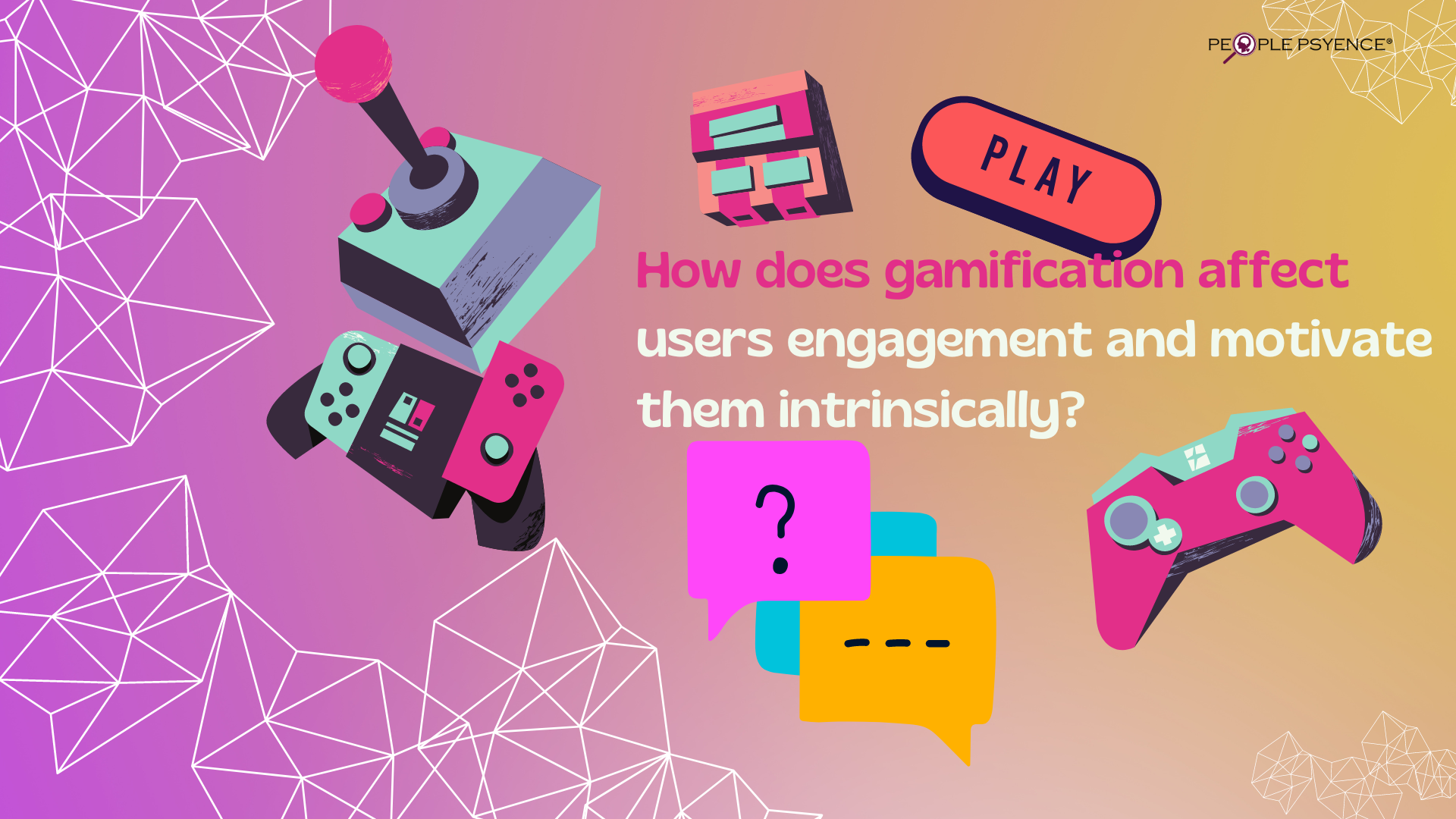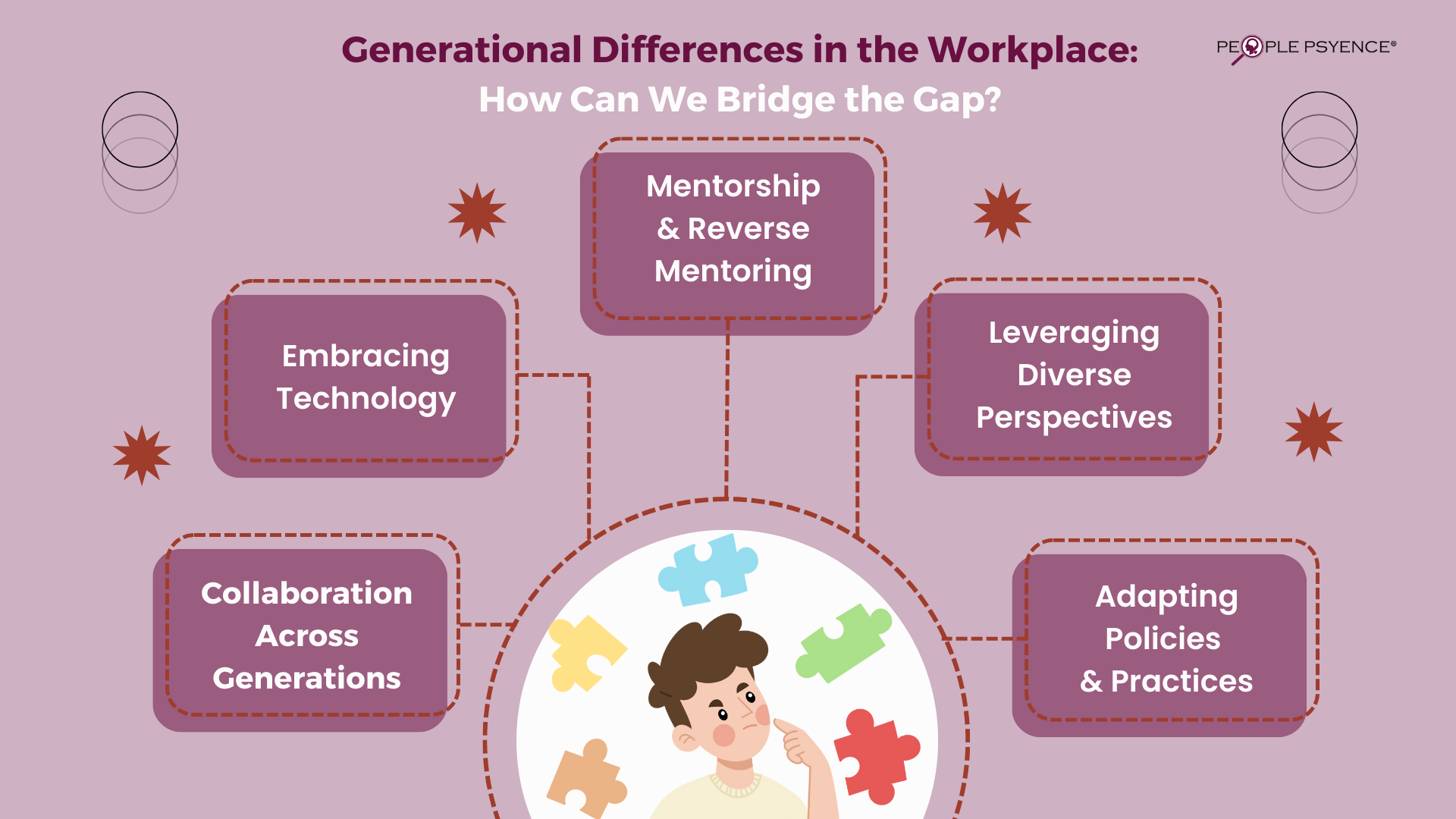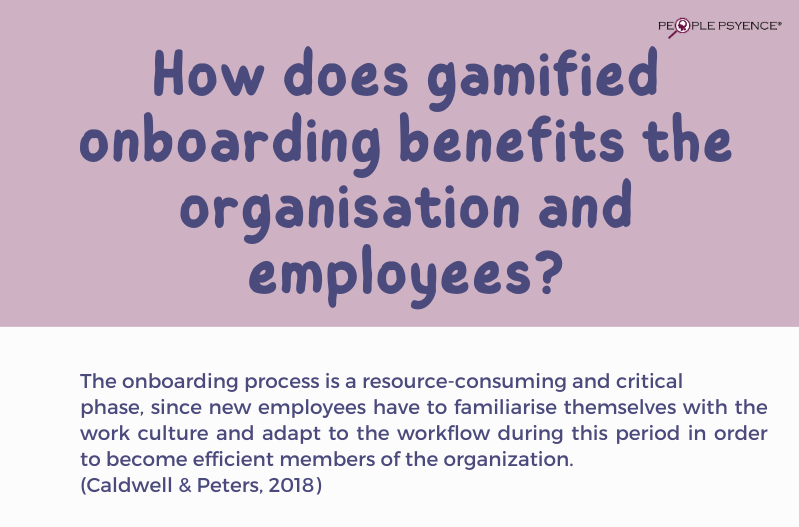The application of gamification has traditionally entailed rewarding users with incentives such as prizes and leaderboards, aiming to externally motivate them to sustain their engagement. Nonetheless, a pertinent concern arises: what transpires when the session concludes and these external rewards cease to be present? Will users remain motivated to pursue independent learning endeavors? Research findings have revealed that extrinsic motivators exhibit efficacy only until fundamental rewards have been attained, after which they can paradoxically lead to diminished motivation and decreased in performance (Kharagpur, 2021). This is where intrinsic motivation assumes significance. In order to understand how gamification motivates people from within, it is crucial to comprehend the distinction between two types of motivation: intrinsic and extrinsic. In simple terms, extrinsic motivation is driven by the desire for rewards. People who are extrinsically motivated are primarily focused on the outcomes, while intrinsically motivated individuals find enjoyment and fulfillment in the process. These two factors are the driving forces behind people’s behavior in gamification.
Remarkably, gamification also functions as a catalyst for intrinsic motivation by affording learners the opportunity to discern the strides they are making and feel a sense of accomplishment. It is also connected to the Self-determination Theory (SDT), which explains that humans have a natural desire to grow and fulfill their potential. This theory emphasises the importance of meeting three psychological needs – competence, autonomy, and relatedness – for optimal functioning and well-being. Such as, the incorporation of ‘Levels’ gives individuals the control over their growth by choosing to ‘level up’ or upskill themselves, which ties to one of the psychological needs SDT – autonomy.
Consequently, using gamification elements like badges and leaderboards can visually capture and support individuals’ journey of growth and self-realisation. This aligns with Maslow’s concept of self-actualisation, which emphasises personal development and reaching one’s full potential. Besides, a sense of accomplishment is cultivated at pivotal milestones, propelling a continued pursuit of self-enhancement and acquisition of novel proficiencies. Therefore, the visual records of individuals’ learning progress through gamification become more evident, satisfying their psychological need for personal growth.
Moreover, according to a study conducted by Koufaris et al. (2001), it was discovered that the incorporation of intrinsic gaming elements has a remarkably positive impact on the perception of enjoyment. Comparing oneself to others and achieving high rankings can boost feelings of competence and increase enjoyment. For example, when a player achieves a distinguished position on a leaderboard, it serves as a tangible testament from the game itself, affirming the player’s exceptional competence in relation to their peers. As sense of competence increases, enjoyment increases too (Wu & Santana, 2022). This aligns with one of SDT’s psychological needs for competence, as feeling capable leads to a sense of control and accomplishment.
Simply put, when designing gamification to align with organisational needs, it is important to consider the two types of motivation together. Emphasising intrinsic motivation in gamification will promote individuals’ ongoing independent learning.





